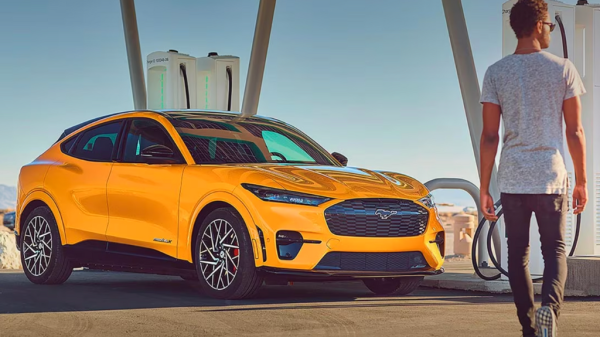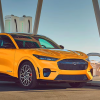Just around the corner
Driverless cars have intrigued people for a few years now, but have always been a figment of the future. Even with the popularity of the recent Google self-driving car project, the media portrays driverless cars as an idea we’ll see a long time from now. But according to a survey administered by GlobalWebIndex, full-fledged driverless cars may be around sooner than we think.
![]()
So, is it finally time?
According to the survey, 4 in 10 people express interest in using driverless cars. More specifically, 25-34 year olds are the most excited about self-driving cars. Older age brackets aren’t as interested, with only 27% of 55-64 year old’s expressing interest.
Regionally, the Asia Pacific shows the most interest (44%) with the Middle East and Africa not far behind. Europe and North America are the least interested with just under 30%.
As mentioned before, there are several manufacturers, including BMW, Ford, GM, Toyota, and Volkswagen, that have integrated these self-driving systems into their fleets already. As time goes on, that list is expected to expand. According to a study by McKinsey and Co. production of driverless cars will increase and account for up to 15% of global car sales by 2030.
These numbers, while still relatively low, show that there is an actual market for self-driving cars and indicates a potential early adopter audience.
From the Model T to autonomy
Driverless cars, self-driving cars – whatever you prefer to call them – were a mere fantasy 100 years ago when the Model T’s steel frame and four wheels were considered vehicle innovation. Now however, vehicles are sophisticated enough to collect information about passengers, include intricate systems that can detect driver’s’ sleepiness, and skin-response sensors to give a metric for stress. They can even use laser scanners that “read” the road and then respond, to give you a self-driving vehicle.
With 40 percent of survey taker’s showing interest in self-driving cars, we may start to see more of them sooner than we think, starting in the Asia Pacific and ending in North America. This means supporting technologies will also have to develop in order to handle system requirements of driverless vehicles. What technologies do you think that includes? How do you see them developing to support driverless cars?
#DriverlessCars
Lauren Flanigan is a Staff Writer at The American Genius, hailing from the windy hills of Cincinnati, with a degree in Marketing from the University of Cincinnati. She has escaped the hills, and currently resides in Atlanta, where you can almost always find her camping at a Starbucks strategizing on how to take over the world.










































Pingback: The future is now: Uber makes first autonomous truck delivery - The American Genius